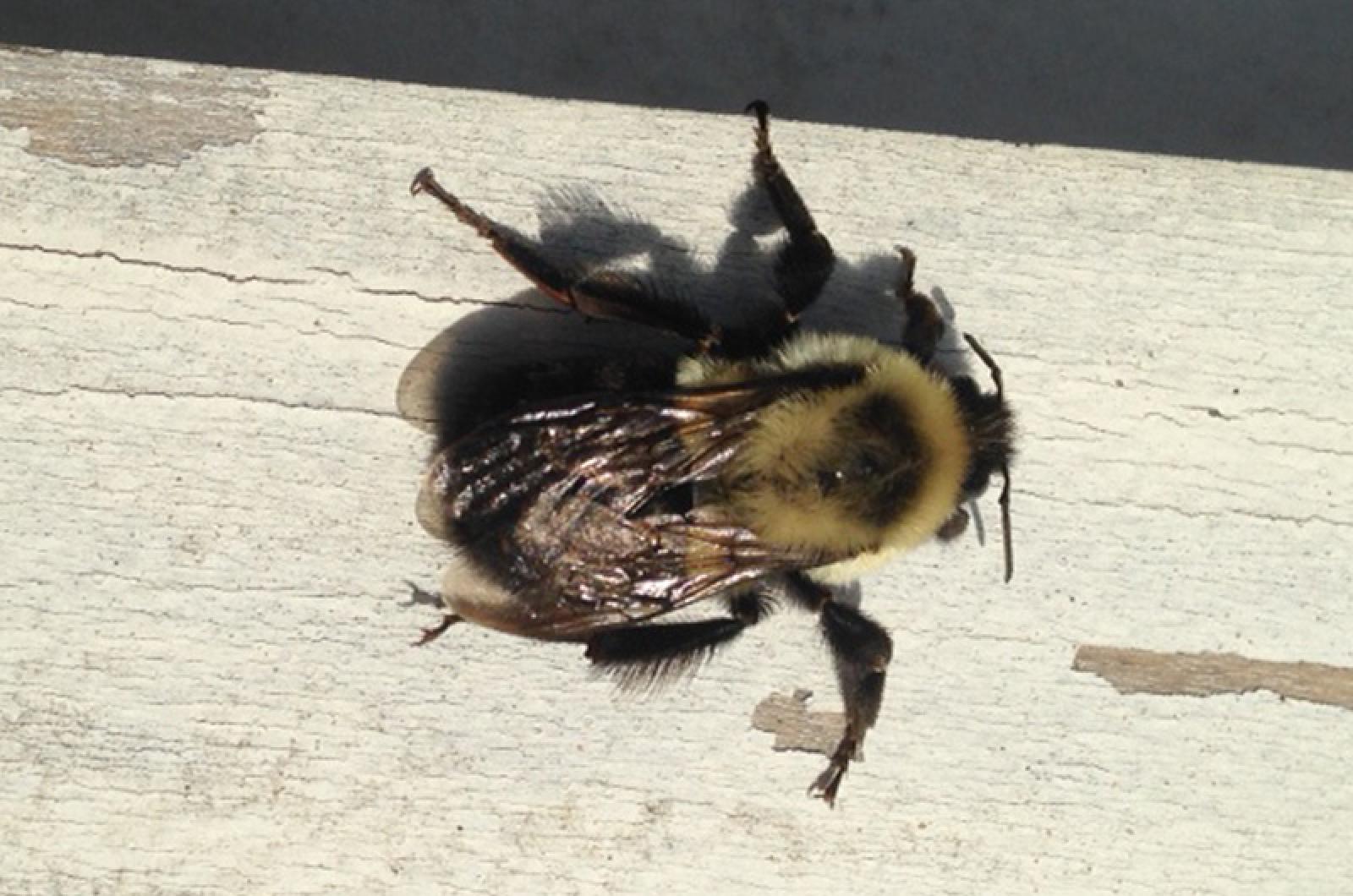The worms crawl in, the worms crawl out, but doctors won’t let them play pinochle on your snout. They have a higher purpose. Biotherapy, the use of live animals for medicinal purposes is seeing a sort of renaissance. And it isn’t just worms. Physicians and health practitioners are employing live maggots, leeches, bees and even fish to treat disease, reduce pain and rebuild your body. These creepy crawlers have a variety of uses, but generally very few side effects.
Blood-sucking leeches and flesh-eating maggots were engaged early on by Egyptians and during the Middle Ages through the 1800s but eventually went out of favor due to antibiotics and other advances in medical technology. But what was old seems to be new again.
In 2004, the Federal Drug Administration (FDA) classified both as the first live medical devices after clinical trials showed success in their employ for a variety of conditions. There are rules, though, since a prescription is needed to obtain either, and both must be sourced from approved farms that guarantee they are germ free. One can’t simply take leeches or maggots from the wild and use them medicinally, especially since each has specific species that do the job.
Leeches have been recommended to draw blood from swollen faces, limbs and digits after surgery, to lessen pain and inflammation of arthritis and osteoarthritis, and to act as medical pump to promote vein flow following limb or digit reattachment surgery.
After feeding for 30 minutes to an hour, leeches can take in several times their body weight in blood. Their saliva contains 30 different proteins and chemicals that prevent clotting, reduce swelling, numb pain and keep blood moving. One of those compounds, called hirudin, acts as a blood thinner, sharing a name with the leech’s scientific genus, Hirudo. Thus leech therapy is sometimes called hirudotherapy.
Maggots do their deeds differently. As necrophages, they consume dead tissue. Maggot therapy, also called debridement therapy, employs fly larva to clean wounds, treat MRSA, gangrene and skin cancer victims, and help burn survivors. And luckily for patients, they are out of sight (even if they are not out of mind,) as these wrigglers do their work under a bandage.
Strangely enough, maggots are not expensive. For 500 to 1,000 disinfected larvae, expect to pay around $100. They are considered low cost, safe and effective. And maggots can’t bite, since they don’t have teeth. Instead they use modified mandibles called mouth hooks to dig in and destroy flesh.
Another insect of interest medically are bees. Apitherapy invites bee stings for pain relief and reduction of inflammation for sufferers of arthritis and neurological conditions such as multiple sclerosis.
And perhaps the oddest treatment is Helminthic therapy, which employs parasitic intestinal worms to combat Crohns, colitis, celiac disease, asthma and inflammatory bowel disease. Patients drink eggs from species of parasitic threadworms, hook worms or whip worms and the eggs will grow into worms in the GI system. Some research has show that these parasites lessen autoimmune response to antigens and reduce infection and inflammation of the GI tract.
Greek physician Hippocrates humbly observed that “nature cures-not the physician.” But maybe the collaboration of the two is just the right prescription for health.
Suzan Bellincampi is director of the Felix Neck Wildlife Sanctuary in Edgartown, and author of Martha’s Vineyard: A Field Guide to Island Nature.




Comments (1)
Comments
Comment policy »